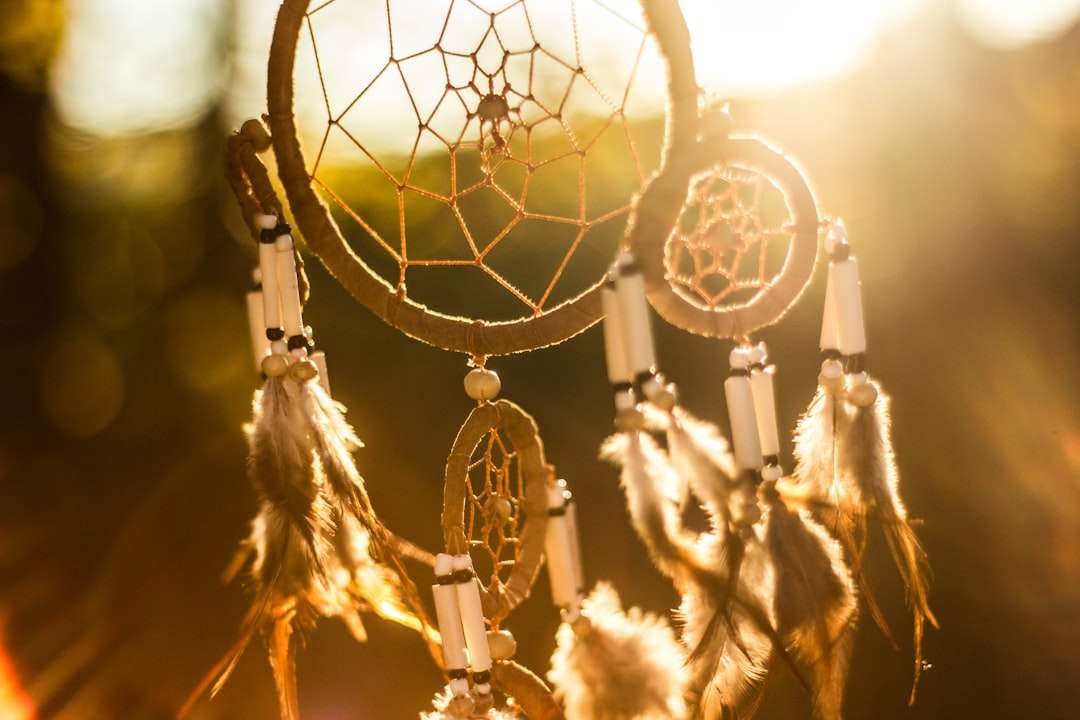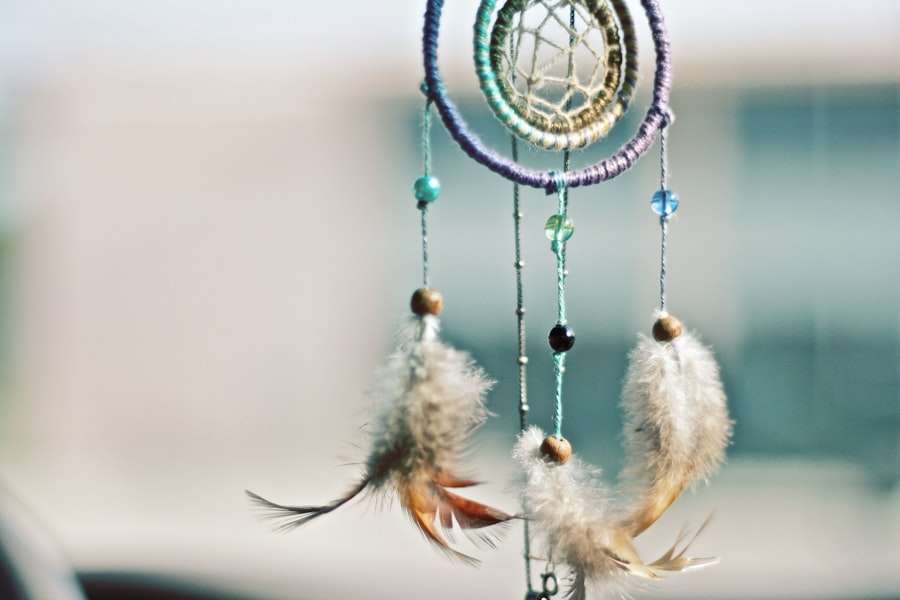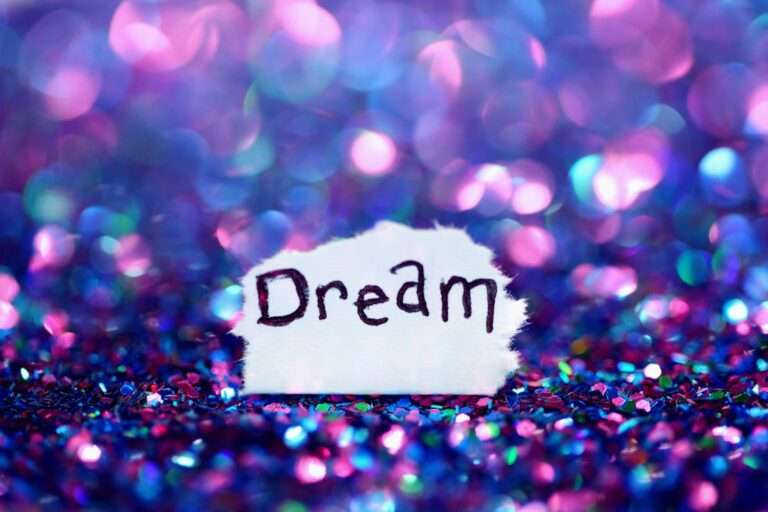Exploring the Depths of the Subconscious: Unraveling Dream Characters and Archetypes

The subconscious mind is a powerful and mysterious part of our psyche that plays a crucial role in shaping our thoughts, emotions, and behaviors. It is the part of our mind that operates below the level of conscious awareness, influencing our perceptions and actions without us even realizing it. Understanding the subconscious mind is essential because it holds the key to unlocking our true potential and achieving personal growth.
The subconscious mind can be defined as the part of our mind that stores information, memories, beliefs, and desires that are not currently in our conscious awareness. It is like a vast reservoir of knowledge and experiences that shape our thoughts, feelings, and behaviors. While we may not be aware of its influence, the subconscious mind is constantly at work, processing information and influencing our decisions.
Understanding Dream Characters and Their Meanings
Dream characters are the individuals or entities that appear in our dreams. They can be people we know in real life, fictional characters, or even complete strangers. Dream characters often represent different aspects of ourselves or symbolize certain emotions, desires, or conflicts that we may be experiencing in our waking life.
Dream characters are closely related to the subconscious mind because dreams are believed to be a window into the workings of our subconscious. When we dream, our subconscious mind is free to express itself without the constraints of logic or reason. Dream characters can provide valuable insights into our innermost thoughts and feelings.
For example, if you dream about a close friend who is angry with you, it may indicate that there is some unresolved conflict or tension between you in your waking life. Alternatively, if you dream about a stranger who is helping you, it may symbolize a need for support or guidance in your current situation.
The Role of Archetypes in the Subconscious Mind
Archetypes are universal symbols or patterns that are deeply ingrained in the collective human psyche. They represent fundamental human experiences and emotions that are shared across cultures and time periods. Archetypes are closely related to the subconscious mind because they tap into the collective unconscious, a concept introduced by psychologist Carl Jung.
The collective unconscious is a reservoir of shared experiences and knowledge that is inherited and passed down through generations. It is the source of archetypes, which are the common themes and symbols that appear in myths, fairy tales, and dreams. Archetypes can be seen as the building blocks of the human psyche, representing universal patterns of behavior and thought.
Examples of archetypes include the hero, the wise old man or woman, the trickster, and the mother figure. These archetypes can be found in stories and myths from different cultures around the world. They represent fundamental aspects of the human experience and can provide valuable insights into our own lives and personal growth.
How to Interpret and Analyze Dream Characters and Archetypes
| Character/Archetype | Description | Meaning |
|---|---|---|
| The Hero | A brave and noble character who embarks on a quest or journey. | Represents the dreamer’s desire for adventure and personal growth. |
| The Shadow | A dark and mysterious character who represents the dreamer’s fears and insecurities. | Represents the dreamer’s need to confront and overcome their inner demons. |
| The Wise Old Man/Woman | An elderly and knowledgeable character who provides guidance and wisdom to the dreamer. | Represents the dreamer’s need for guidance and mentorship in their waking life. |
| The Trickster | A mischievous and unpredictable character who challenges the dreamer’s assumptions and beliefs. | Represents the dreamer’s need to question their own beliefs and be open to new perspectives. |
| The Lover | A passionate and romantic character who represents the dreamer’s desires for love and intimacy. | Represents the dreamer’s need for emotional connection and fulfillment in their waking life. |
Interpreting dream characters and archetypes requires a combination of intuition, symbolism, and personal reflection. There are several techniques that can be used to analyze dreams and uncover their deeper meanings.
One technique is to keep a dream journal. By recording your dreams immediately upon waking, you can capture the details and emotions of the dream before they fade away. Over time, patterns may emerge that can help you understand recurring dream characters or themes.
Another technique is to explore the symbolism of dream characters and archetypes. Symbols can have different meanings for different people, so it is important to consider your own personal associations with certain symbols. For example, a snake may symbolize danger or transformation for one person, while for another it may represent wisdom or healing.
Analyzing dream characters and archetypes can also involve reflecting on your own thoughts, feelings, and experiences in relation to the dream. Ask yourself what emotions or conflicts the dream characters may represent, and how they relate to your waking life. This process of self-reflection can help you gain a deeper understanding of yourself and your subconscious mind.
Common Archetypes and Their Symbolism
There are many common archetypes that appear in dreams and have symbolic meanings. Here are a few examples:
– The Hero: The hero archetype represents the journey of self-discovery and personal growth. It symbolizes the quest for meaning and purpose in life, and the overcoming of obstacles and challenges.
– The Wise Old Man/Woman: This archetype represents wisdom, guidance, and intuition. It symbolizes the need for inner reflection and the search for deeper understanding.
– The Trickster: The trickster archetype represents mischief, playfulness, and the breaking of rules. It symbolizes the need to challenge conventions and think outside the box.
– The Mother Figure: This archetype represents nurturing, compassion, and unconditional love. It symbolizes the need for emotional support and connection.
These are just a few examples of the many archetypes that can appear in dreams. Each archetype carries its own unique symbolism and can provide valuable insights into our subconscious mind.
The Shadow Self: Uncovering Hidden Aspects of the Subconscious

The shadow self is a concept introduced by Carl Jung that refers to the hidden or repressed aspects of our personality. It represents the parts of ourselves that we deny or reject because they are seen as negative or undesirable. These hidden aspects can include our fears, insecurities, and unresolved conflicts.
Understanding the shadow self is important because it allows us to integrate these hidden aspects into our conscious awareness. By acknowledging and accepting our shadow self, we can achieve a greater sense of wholeness and personal growth.
Exploring the shadow self can be done through dream analysis, as dreams often provide a window into our unconscious desires and fears. Pay attention to any dream characters or situations that evoke strong emotions or discomfort, as they may be pointing to aspects of your shadow self that need to be addressed.
The Collective Unconscious: Shared Archetypes and Their Significance
The collective unconscious is a concept introduced by Carl Jung that refers to the shared reservoir of knowledge and experiences that all humans inherit. It is the source of archetypes, which are universal symbols and patterns that appear in myths, fairy tales, and dreams.
The collective unconscious is important because it highlights the interconnectedness of all human beings. It suggests that we are all connected by a common thread of shared experiences and emotions. By tapping into the collective unconscious, we can gain a deeper understanding of ourselves and our place in the world.
Examples of shared archetypes include the hero, the wise old man or woman, the trickster, and the mother figure. These archetypes can be found in stories and myths from different cultures around the world, highlighting their universal significance.
Techniques for Exploring and Accessing the Subconscious Mind
There are several techniques that can be used to explore and access the subconscious mind. These techniques can help us gain a deeper understanding of ourselves and tap into our true potential.
One technique is meditation. By quieting the mind and focusing on our breath or a specific object, we can enter a state of deep relaxation and heightened awareness. In this state, we can access the subconscious mind and gain insights into our thoughts, emotions, and beliefs.
Another technique is lucid dreaming. Lucid dreaming is the ability to become aware that you are dreaming while you are still in the dream state. This allows you to consciously interact with your dream environment and characters, providing an opportunity for self-exploration and personal growth.
Visualization techniques can also be used to access the subconscious mind. By creating vivid mental images of our desires or goals, we can program our subconscious mind to work towards achieving them. Visualization can be done through guided imagery exercises or by creating a vision board.
The Connection Between Dreams and Personal Growth
Dreams can be a powerful tool for personal growth and self-discovery. They provide a window into our subconscious mind, allowing us to uncover hidden desires, fears, and conflicts. By analyzing our dreams and reflecting on their deeper meanings, we can gain valuable insights into ourselves and our lives.
Dreams can also help us process emotions and experiences that we may not be consciously aware of. They can provide a safe space for us to explore and work through difficult emotions or unresolved conflicts. By paying attention to the emotions that arise in our dreams, we can gain a deeper understanding of ourselves and our emotional landscape.
Furthermore, dreams can offer guidance and inspiration for our waking life. They can provide creative solutions to problems or offer new perspectives on a situation. By paying attention to the messages and symbols in our dreams, we can tap into our subconscious wisdom and make more informed decisions in our waking life.
Applying Subconscious Exploration in Daily Life: Tips and Strategies
Incorporating subconscious exploration into our daily lives can enhance personal growth and self-awareness. Here are some tips and strategies for doing so:
– Keep a dream journal: By recording your dreams and reflecting on their meanings, you can gain valuable insights into your subconscious mind.
– Practice meditation: Regular meditation can help quiet the mind and access the subconscious. Set aside time each day for meditation and self-reflection.
– Pay attention to your emotions: Emotions are a powerful indicator of what is happening in your subconscious mind. Notice any strong emotions that arise throughout the day and explore their underlying causes.
– Engage in creative activities: Creative activities such as painting, writing, or dancing can help tap into the subconscious mind. Allow yourself to express your thoughts and emotions freely through these creative outlets.
– Seek professional help if needed: If you are struggling to understand or process your subconscious mind, consider seeking the help of a therapist or counselor who specializes in dream analysis or subconscious exploration.
In conclusion, the subconscious mind is a powerful and mysterious part of our psyche that plays a crucial role in shaping our thoughts, emotions, and behaviors. Understanding the subconscious mind is essential for personal growth and self-awareness. By exploring dream characters, archetypes, and the shadow self, we can gain valuable insights into ourselves and tap into our true potential. By incorporating subconscious exploration techniques into our daily lives, we can enhance personal growth and achieve a deeper understanding of ourselves.
If you’re interested in exploring the symbolism of dream characters and archetypes, you might also find the article on the symbolism of a snake fascinating. Snakes have long been associated with various meanings and interpretations, representing transformation, healing, and even temptation. To delve deeper into the symbolic significance of snakes in dreams and beyond, check out this insightful article on symbolismhub.com.
FAQs
What are dream characters?
Dream characters are the people, animals, or creatures that appear in our dreams. They can be based on real people we know, fictional characters, or completely made up.
What are archetypes?
Archetypes are universal symbols or patterns that appear in myths, stories, and dreams across different cultures and time periods. They represent fundamental human experiences and emotions.
How are dream characters and archetypes related?
Dream characters can embody archetypes, representing different aspects of our psyche or the collective unconscious. For example, a wise old man in a dream may represent the archetype of the mentor or the father figure.
What are some common archetypes in dreams?
Some common archetypes in dreams include the hero, the shadow, the anima/animus, the trickster, and the wise old man/woman. These archetypes can have different meanings depending on the context of the dream.
Can dream characters and archetypes help us understand ourselves better?
Yes, exploring the meaning of dream characters and archetypes can help us gain insight into our own psyche and the challenges we face in life. It can also help us connect with our deeper emotions and desires.





